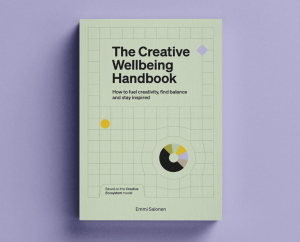
Discover all the design events and conferences by Design Matters! Seize the opportunity to learn from an amazing cast of international designers. Up next is The Futures Program consisting of three Masterclasses taking place November 20-21, 2025 in Berlin .








